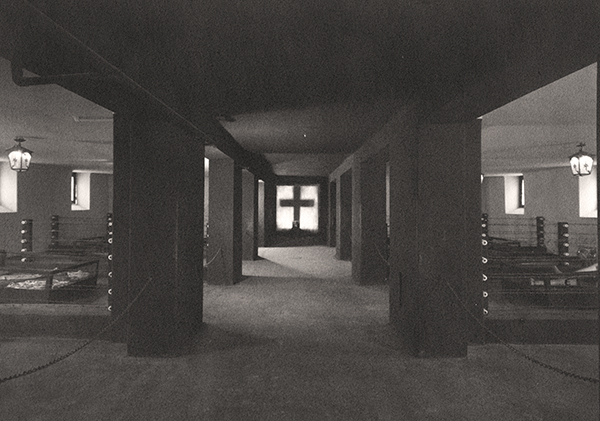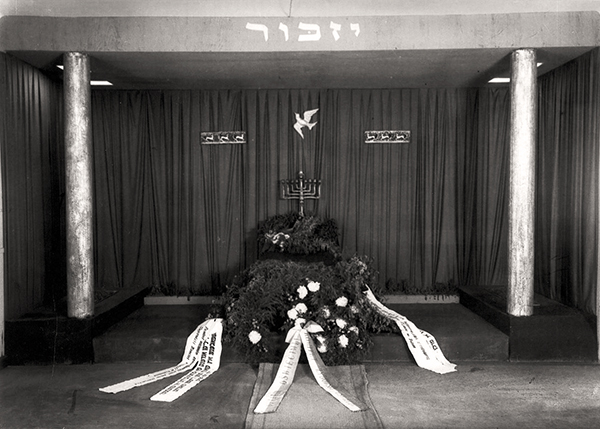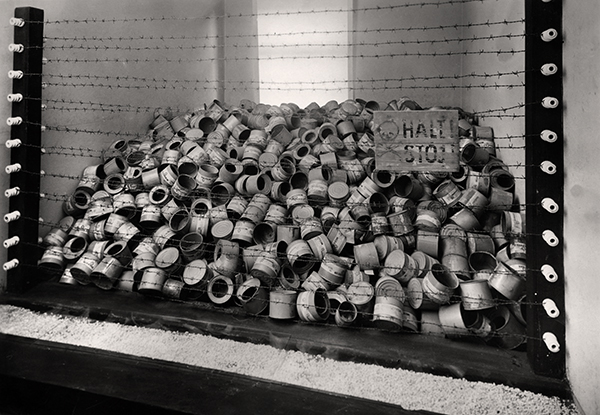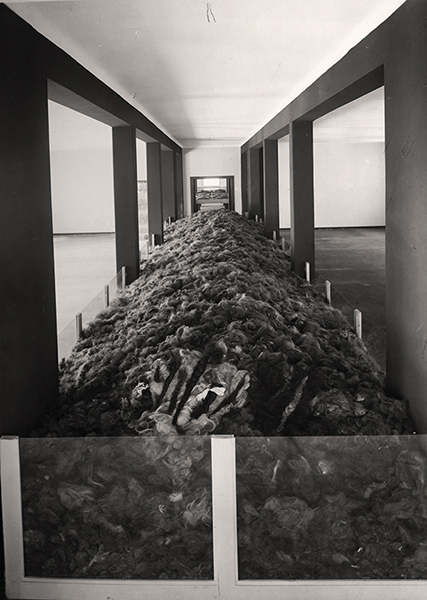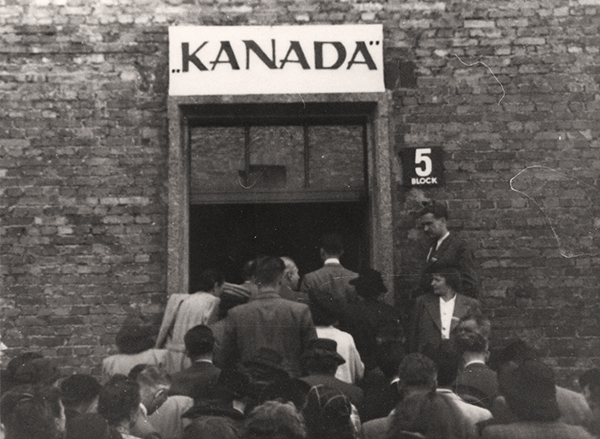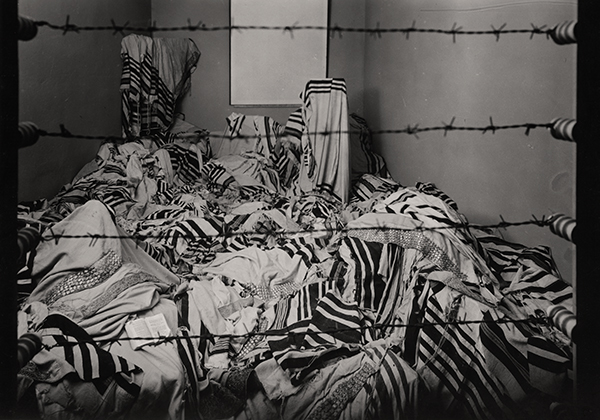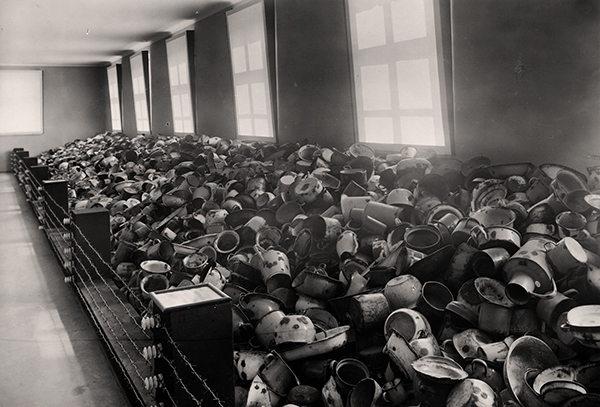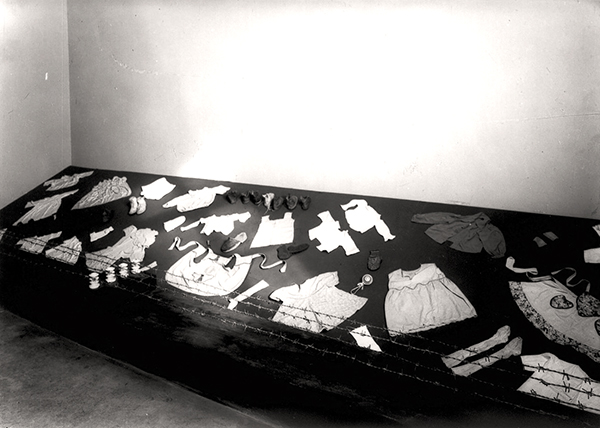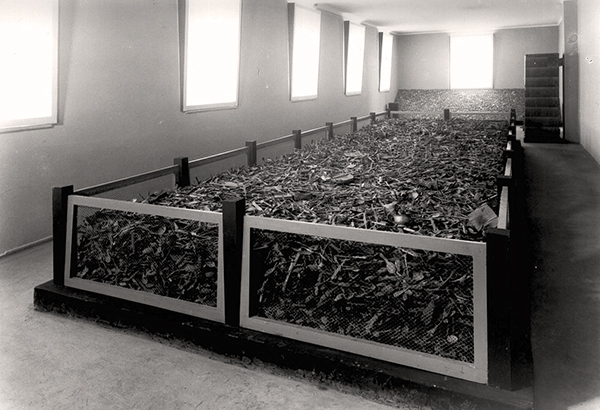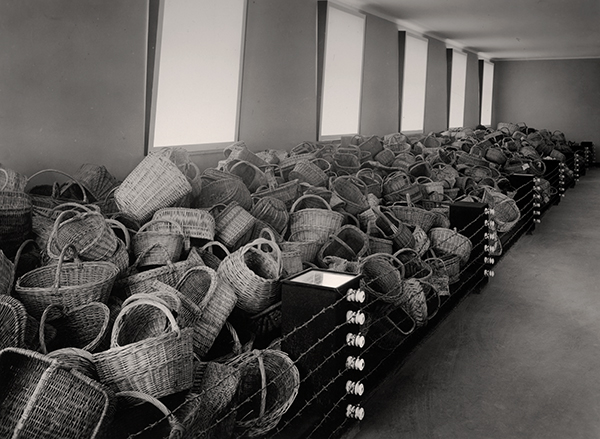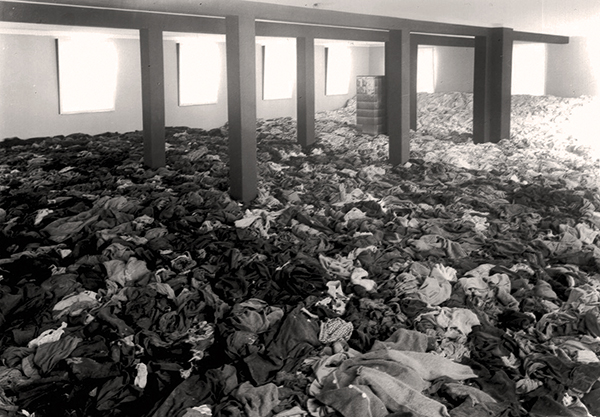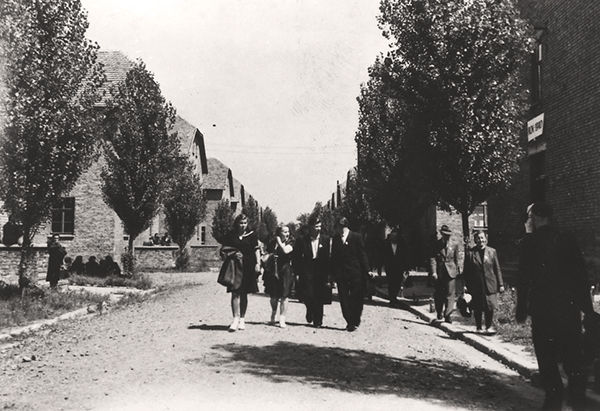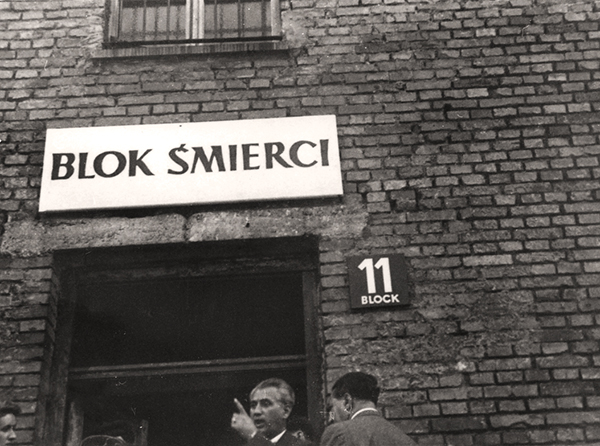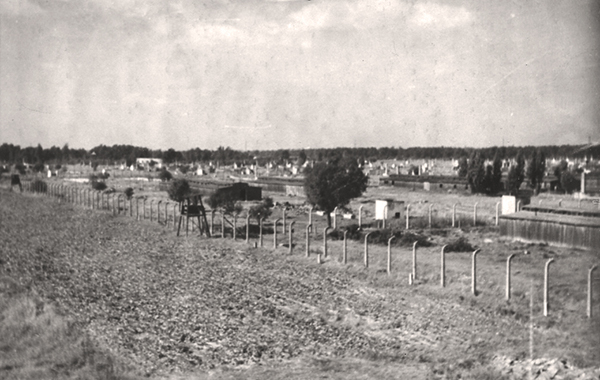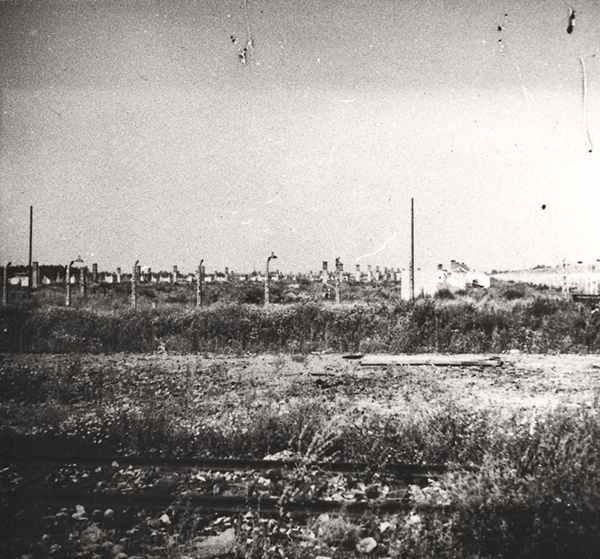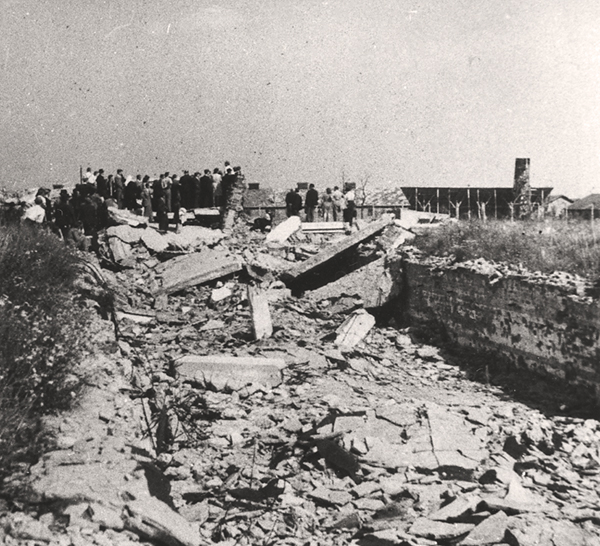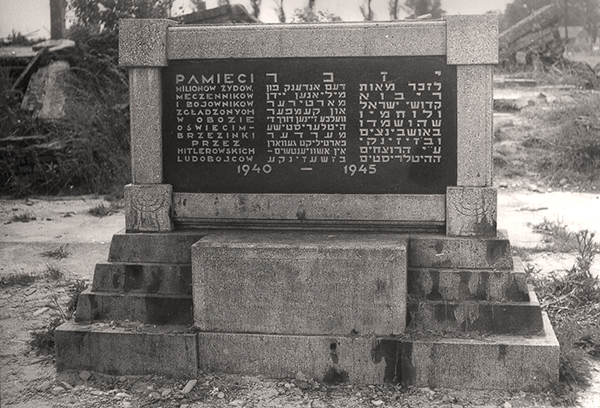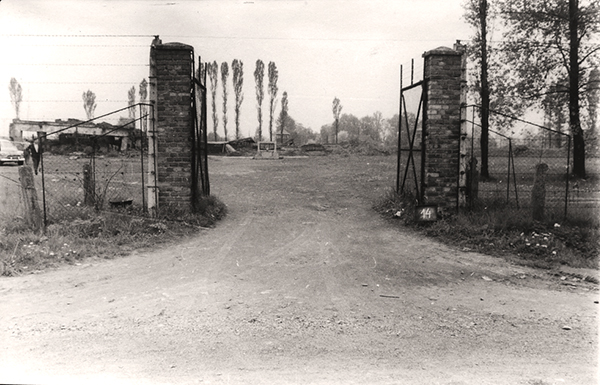Only a fragment of the intended exhibition was made available for visitors on the day of opening of the Museum, as it could not have been completed for both financial and organisational reasons. Only the following exhibitions were ready: “Murder of the Millions” in Block 4, “Kanada” or things that have remained after the murdered Jews in blocks 5 and 6, the works of Jerzy Brandhuber, Mieczysław Kościelniak, Tadeusz Myszkowski: artist painters, former inmates in Block 7, and the conditions in a block in 1940 and in 1944 in blocks 8 and 9 respectively. Block 11, known as “the Block of Death” with the yard, the former gas chamber, and Crematorium I were also made accessible.

